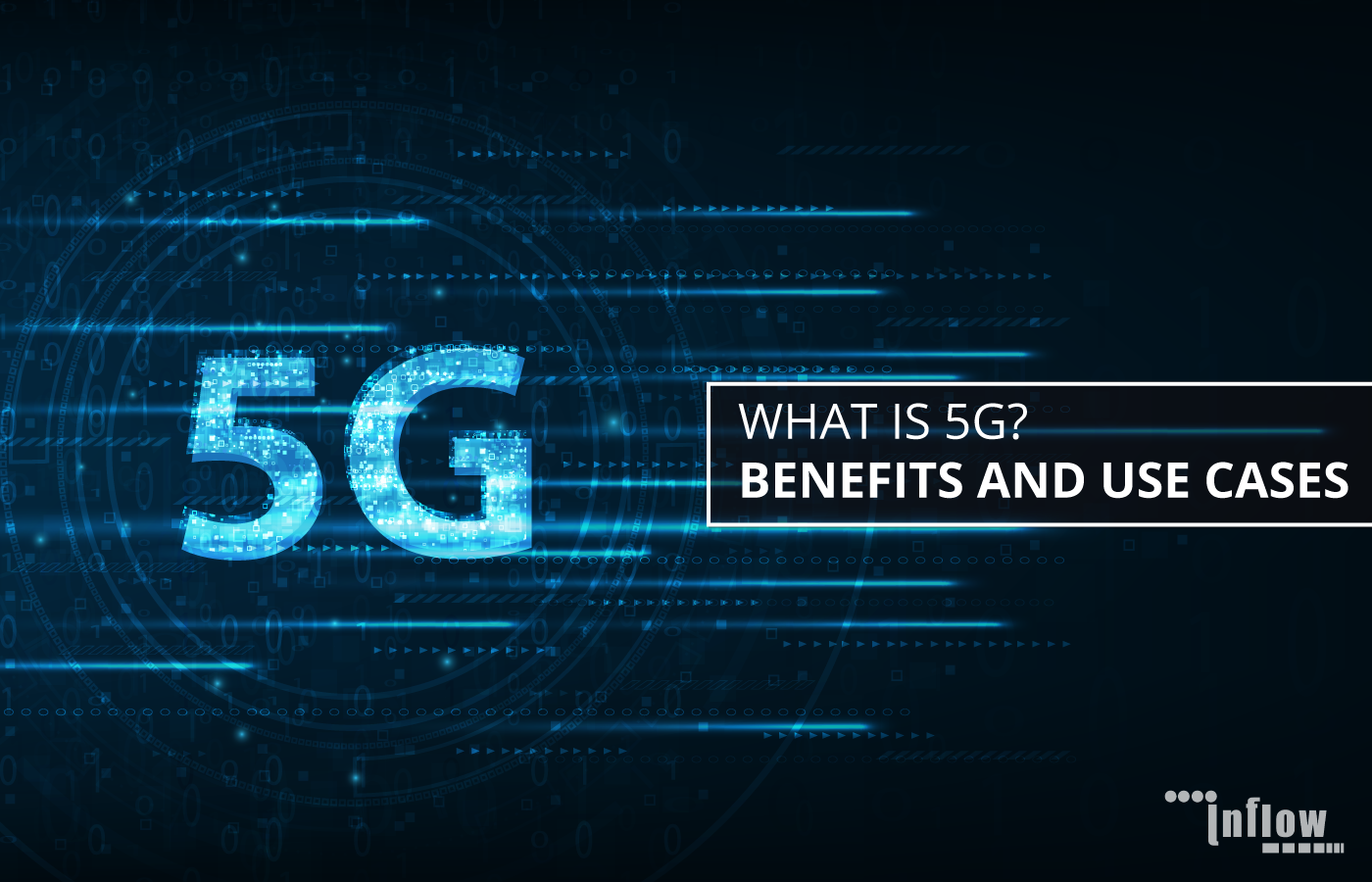
The ideal speed of 5G is 10 gigabits per second (Gbps) which is 100 times the speed of 4G!
5G – the 5th generation mobile network is the upcoming solution to network latency issues. What is 5G and how is it better than the existing network is the question running in everyone’s mind. This blog explains 5G, its benefits and use cases.
What is 5G?
The next-generation of telecom networks – 5G hit markets at the end of 2018 and has been expanding ever since. 5G technology is a breakthrough in the field of networking and communication. It is the successor to the conventional 4G LTE(Long Term Evolution). 5G rollout is progressing along two dimensions – an evolutionary development of the air interface known as 5G NR (New Radio) and a fundamental reconceptualisation of the core network architecture.
5G offers the potential to transfer data with lower latency, stronger signal strength, swiftly and securely. 5G achieves this by utilising a different type of radio wave called the millimetre wave (between 30GHz and 300GHz), which helps it transfer data much quicker than 4G.
Beyond speed improvement, 5G has the potential to unleash the vast IoT (Internet of Things) ecosystem where networks can establish communication for billions of connected devices, with optimal speed, latency and cost.
A quick recap of wireless telephone technology
1G, the first generation of telecom networks was introduced in the year 1979. Mobile telecommunications has drastically evolved over the last four decades. 1G, 2G, 2.5G, 2.75G, 3G, 3.5G, 4G and 4G LTE are the advancements in the generation of mobile networks.
- 1G enabled analogue voice transmission
- 2G introduced message and roaming services
- 3G brought mobile internet
- 4G LTE doubled data speeds
What makes 5G better than 4G?
Most phones today are designed for 4G networks. The widespread 4G towers use radio wave frequencies to transmit data.
5G requires a similar setup – 5G devices running on 5G networks transmitted by 5G towers. The prime difference which makes 5G better is that it utilises much shorter radio waves called the millimetre waves (mmWave).
The shorter frequencies have larger bandwidth. It implies that 5G can transmit and receive large amounts of data much quicker than 4G and 4.5G (LTE advanced).
Beyond data speed improvements, 5G addresses cutting-edge IoT and critical communication use cases. 5G offers extremely low delay between transmitting and receiving a signal. 4G has a latency of 200 milliseconds; 5G has brought it down to 1 millisecond. Its low latency supports real-time interactivity for services using the cloud.
It comparatively consumes low power which will allow objects on the network to stay connected for months without human interference. 5G networks are designed to bring the level of performance needed for the IoT ecosystem.
5G transmissions are more powerful and consistent than 4G within their range despite significant network activity. 5G can handle 100 times more devices than 4G.
5G Use Cases
Like its predecessors, 5G is entering the market with a new set of use cases. 5G will set its focus on IoT and critical communications.
- Enhanced Mobile Broadband with 4G Fall Back
5G has uniform data rates, lower latency and cost-per-bit. Besides making smartphones better, 5G will pave the way for immersive experiences such as AR and VR as well as data analytics.
- Mission Critical Communications
5G is reliable and offers ultra-low latency. It will enable new services such as remote control of critical infrastructure, vehicles and medical procedures. One of the critical application is self-driving cars.
- Massive Internet of Things
5G can scale down data rates, power and mobility to provide extremely low-cost solutions. 5G can seamlessly connect innumerable embedded sensors in virtually everything.
- Fixed Wireless Access and Compatibility
5G is efficiently designed to forward compatibility. It can easily support future services like it supports contemporary services.
5G ultrafast technology is already available in some parts of North America, China, Berlin, Darmstadt, Munich, Bonn, and Cologne. India is targeting the year 2020 for 5G rollout. The most awaited 5th generation of mobile networks is all set to transform the digital world by playing a more significant role than its previous generations.


No comments yet.
Leave a Comment
Let us know your thoughts on this !